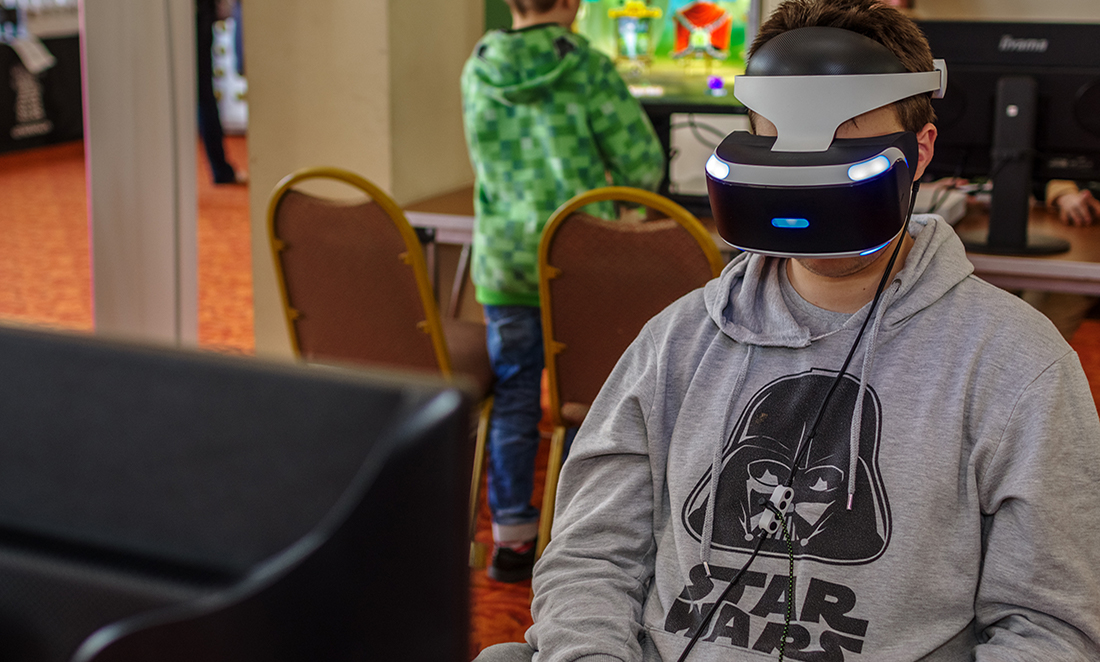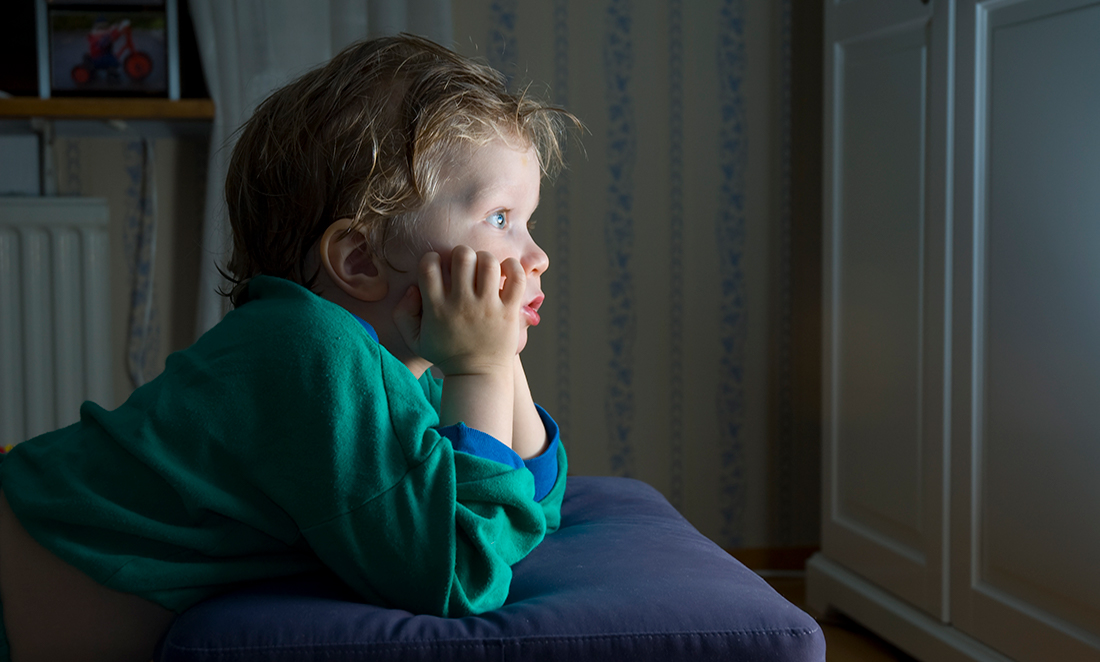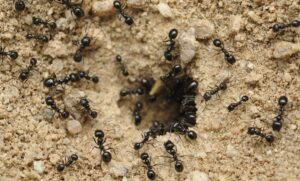According to an Australian industry study from March 2017, the top concerns that parents have about their kids spending too much time in front of the screen are online predators, bullying, being hacked and exposure to sexual and violent content.
But new research is suggesting that there are also serious health concerns related to too much screen use by young people, in particular, young children.
Too much screen time
In Australia, the recommended limit for screen time is 1 hour for kids 2 to 5 and 2 hours for older children. And children under 2? They should not be using screens, full stop.
Despite these recommendations, a 2015 study from the Australian Institute of Family Studies found that children are spending as much as double the recommended time in front of screen. The result is that kids are spending up to 30% of their waking hours in front of screens.

Screens and health
Use of screens generally goes hand in hand with physical inactivity. Most kids play video games or watch movies while sitting or lying down. A research review from 2014 found that kids are spending more time looking at screens and less time being active.
Even more concerning is that a study published this March in Nature found that screen use in infants and toddlers was associated with sleep problems, including trouble getting to sleep and waking up too early.
There are a number of reasons this could be the cause. One of them is that screens expose our eyes to bright light. This in turn impacts the levels of melatonin, a hormone produced by the body that helps us get to sleep. At night time, our bodies think it’s still time to be awake.
One way to reduce the negative effects of screens on sleep is reducing the amount of blue light, a colour that most screens have high concentrations of. Apps like f.lux ‘warm’ screens at night time, reducing the amount of blue light we’re exposed to as we use our computers. Apple also recently added a mode called Night Shift to their iOS devices that does the same thing.
Screens of the future
As virtual reality (VR) headsets become mainstream, they also pose another concern for young brains. While VR headsets may look quite different from phones, tablets or laptops, they still use screens. The way VR works is two small screens inside the headset, which are positioned much closer to the eyes than other devices. VR also works by tricking the brain and eyes into thinking you’re seeing something you’re not, for example, seeing something at a distance when really it’s literally right in front of you.
So far, some reported short-term effects include nausea, eye strain and even after images, and no one is really sure about the long-term impacts, especially on kids whose brains are still developing.
As with conventional screens, the concerns revolve around impacting vision, as well as brain development. Most of the major manufacturers are recommending that children should not be using their devices. Sony PlayStation, for example, says their VR headset should only be used by kids aged 13 and up.
Many parents used to tell kids they’d get ‘TV eyes’ from watching too much television or sitting too close to the screen. Now we finally understand what they meant.









